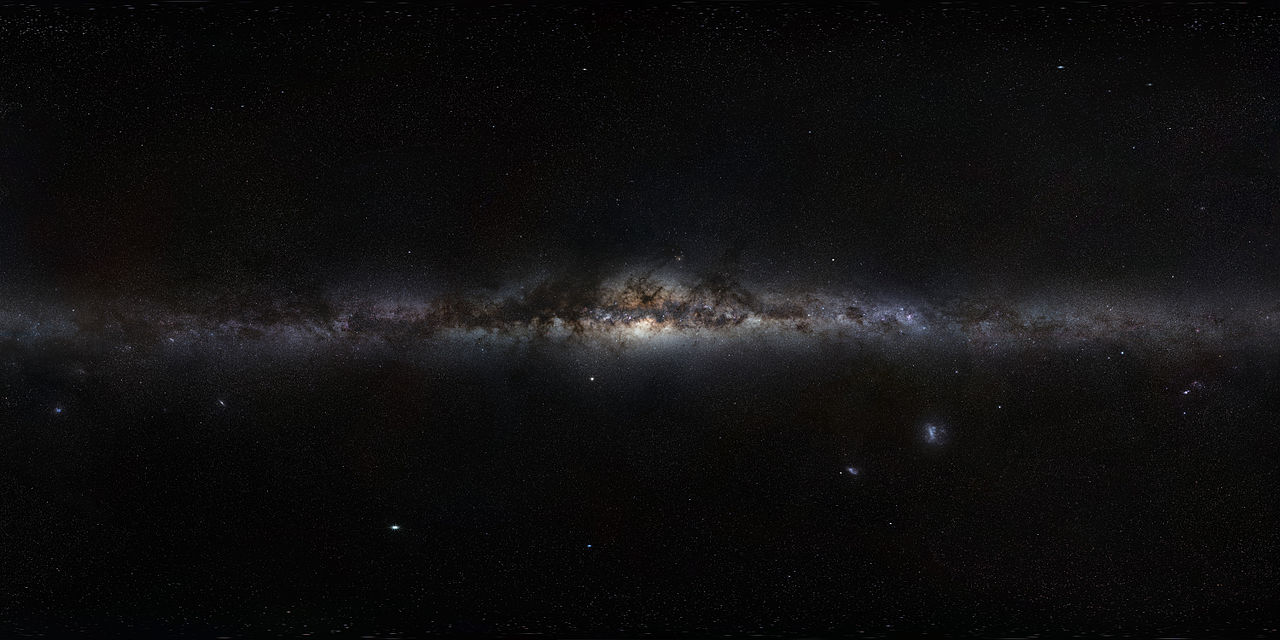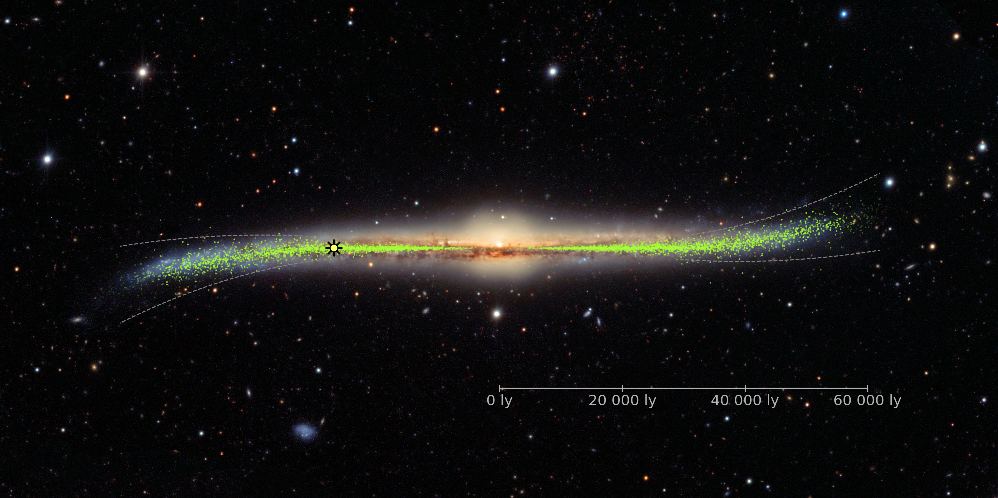[/caption]
Science revealed to us that universe as we know it, is composed of billions of galaxies like our own Milky Way. When you consider how many stars are just in our own galaxy you can get just a small idea how big our universe really is. Despite this astronomers have made great strides in learning more about the galaxies and their different characteristics. One aspect that was defined early was their shapes. Thanks to the work of famous astronomer Edwin Hubble we know that just about any galaxy in the universe will have one of 4 different shapes, spiral, elliptical, lenticular, and irregular.
Spiral galaxies are one of the most familiar galaxy shapes. In fact when most people think of a galaxy, this type of galaxy shape is the first to come to mind. This is because the Milky Way is a prime example of a spiral galaxy. A spiral galaxy looks like a pinwheel. It is basically the nucleus with its different “arms” spiraling outwards. Spiral galaxies can be tight or loose to varying degrees. One important fact about spiral galaxies is that young stars are formed in the outer arms while older stars are found near the center.
The next two types of galaxies are elliptical and lenticular shaped galaxies. These types are the kinds that are the most similar. First they have few or no dust lanes and are largely composed of older mature stars. These types seldom have star forming areas. Of the four galaxy shapes this is the most cohesive and organized.
The final galaxy shape is the irregular galaxy shape. Irregulars have an indeterminate shape. These galaxies are often small and don’t have enough gravitational force to organize into a more regular form. The Hubble telescope has taken images of famous irregular galaxies like the Magellanic Clouds. Irregular galaxies can also be large galaxies that have undergone a major gravitational disturbance.
As you now see the four basic galaxy shapes seem to cover just about every type of galaxy out there. Like any classification of shape there are also subcategories. An interesting observation recently made about the shape of galaxies is the role that their formation plays in determining their shape. It is now thought that galaxies get their shape as they naturally develop, merge with other galaxies or disrupt each other’s path. This is another great mystery as we don’t currently have the technology to plot out the complete paths of galaxies in the universe.
We have written many articles about galaxy shapes for Universe Today. Here’s an article about irregular galaxy, and here’s an article about spiral galaxy.
If you’d like more info on galaxies, check out Hubblesite’s News Releases on Galaxies, and here’s NASA’s Science Page on Galaxies.
We’ve also recorded an episode of Astronomy Cast about galaxies. Listen here, Episode 97: Galaxies.
Source:
http://www.oneminuteastronomer.com/OMALibrary/galaxy-shapes.html



